- admin
- 0 Comments
- 3180 Views
Scroll, click, delivered—marketplaces have made shopping that easy, and they’re cashing in. Analysts expect the top 100 platforms to move US $3.8 trillion in goods this year—double 2018’s total—and more than half of all e-commerce now flows through marketplaces. Shoppers love the endless choice; merchants love the lightning-fast way to test new products and reach fresh audiences.
But tax rules didn’t stand still. Since the EU’s 2015 decision to treat marketplaces as the “seller” for VAT purposes, nearly 100 countries have rolled out their own platform laws. Who owes the tax can flip between seller, marketplace, and even customer—sometimes within the same shopping basket. Add digital-services levies, withholding rules, and mountains of reporting, and that friction-free checkout hides a fast-growing tangle of obligations.
The blog below maps this new tax maze and shows the implications for platforms and their sellers to keep the growth engine running without tripping over the rules.
Marketplace obligations began significantly expanding in 2015 when the European Union broadened its scope for taxation at the place of consumption for digital services. The EU created a legal fiction that placed responsibility for VAT obligations onto platforms, holding them liable for VAT on behalf of their sellers. This approach aimed to level the competitive field, create clarity and fairness for sellers, and remove discrepancies where some platforms acknowledged tax liability while others did not. Subsequently, many countries that adopted consumption-based taxation also introduced platform obligations. This shift was strongly influenced by the OECD’s 2019 report on the role of platforms in VAT collection, as well as the recognition that marketplace liability is an innovative and effective way to level the playing field and improve tax collection.
In fact, the rules have proven to be so effective and outperformed every revenue forecast, that lawmakers widened their reach—first beyond digital downloads to all services, then to physical goods and now even the gig-economy. That expansion, however, also served to introduce fresh complexity: the shift to marketplace liability now only happens when certain conditions are met.
Liability hinges on several variables such as what is sold, the seller’s location, the value of the goods or parcel, the shipment’s origin and destination, and the customer’s status—business (B2B) or consumer (B2C). It means that at checkout, liability – which may even differ at the line item level in a single basket – can rest with any of three parties—the seller, the marketplace, or, in some cases, even the customer.
A single transaction can divide responsibilities between the marketplace and the seller. Take a B2B sale in the UK or EU: the marketplace must verify the buyer’s business status (e.g., validate the VAT number), but once that status is confirmed the seller bears the VAT liability. If the validation proves to be wrong and the sale is reclassified as B2C, the VAT liability can shift back to the marketplace.
The core challenge is pinpointing, in real time, who is liable when—and giving every party clear, transparent visibility into what is happening and why. Each stakeholder needs perfect, shared insight into the governing rules – and then to ensure the seamless commercial application of these rules effortlessly in each transaction – to let everyone meet their obligations for the same sale, in the same jurisdiction, automatically and without friction.

Marketplaces have also been tasked with an additional responsibility – in many cases they must also actively monitor their sellers and retain the ability to audit them, because they can be held jointly liable for unpaid VAT if they “should have known” about the Sellers’ own possible non-compliance. The task is affirmatively two-fold: (1) to educate each seller on its own tax obligations and (2) to verify the accuracy of the data sellers provide. Since liability can shift, some sellers have been tempted to supply misleading information so that no VAT/GST/Sales tax is collected. Given this potential liability shift to the marketplace, this makes fraud prevention and seller oversight an essential—rather than optional—part of every marketplace’s compliance toolkit.
While quite effective in increasing tax collection on crossborder sales, the “deemed-supplier” model, which shifts VAT/GST/Sales Tax liability from the seller to the marketplace, had an unintended side-effect to tax authorities: they lost direct visibility into each seller’s turnover – a critical datapoint for them in auditing taxpayers both from an indirect and direct tax perspective. To close that gap, many jurisdictions now oblige marketplaces to file end-of-year, seller-level sales reports with both the tax authority and the seller, so that sellers understand their own income-tax duties. Some countries go further, requiring marketplaces to provide this data on a more regular basis. To curb income-tax leakage, jurisdictions such as India and Mexico additionally require platforms to withhold a percentage of each seller’s revenue at source as an advance against the seller’s income-tax liability.
The picture doesn’t end with marketplace-versus-seller VAT/GST. Platforms also incur tax on their own services—for example, VAT on commissions, listing fees, and advertising packages sold to merchants. On top of that, many countries impose a Digital Services Tax (DST)—variously labelled as an equalisation levy, significant-presence tax, or top-up tax—calculated either on the platform’s fee income or on the entire transaction value flowing through the marketplace. And that’s before layering on product-specific levies such as “streaming taxes” for audio-visual content.
We’ve sketched only the highlights here, yet these rules—and their underlying concepts—now apply in over 100 jurisdictions. They keep evolving, with fresh obligations layered onto marketplaces or tweaks to earlier requirements. What began as a straightforward and pragmatic idea to help tax authorities cope with tax collection from the explosive cross-border growth of e-commerce has become a genuine maze—just to work out who is responsible for what.
And that’s before you tackle the mechanics of compliance: registering, validating B2B buyers, checking sellers, calculating tax (plus all the exceptions), converting into local currency, then filing and remitting—often monthly or quarterly. In practice, a marketplace can face thousands of returns a year.
Marketplace rules may be a golden goose for governments, but will the weight of these obligations choke the growth of new platforms? At DepTax we hope not. That’s why we’ve built a system designed to steer you through the maze—managing multiple obligations for multiple parties simultaneously and friction-free.
Disclaimer: The views, statements or opinions expressed in this article are solely those of the author and do not represent tax advice and are not to be designated to be the views, statements or opinions of any other person, group, association or company.
Image by: Angelov1
Want to know more? Please contact us at [email protected]

